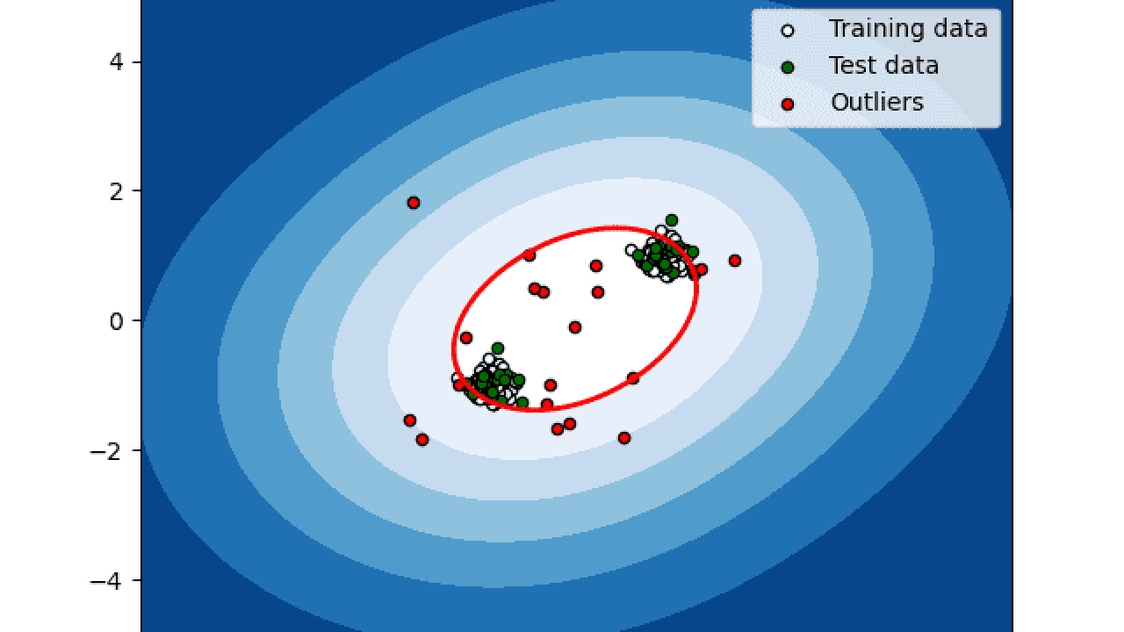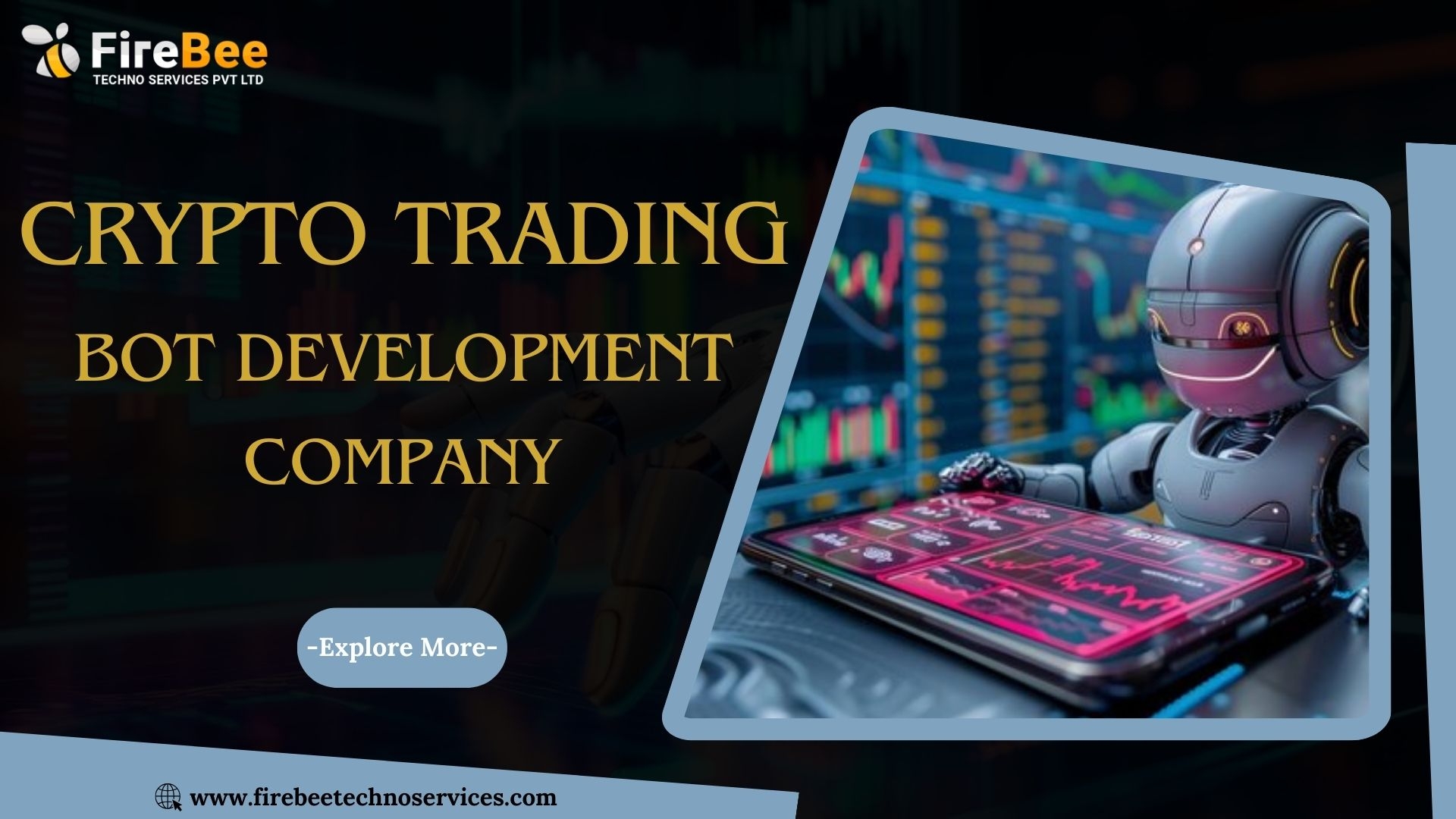Anomaly Detection in Autonomous Vehicles: Ensuring Safety
Anomaly detection, also known as outlier detection, is a critical technique in data analysis and machine learning that identifies rare items, events, or observations which deviate significantly from the majority of the data. These anomalies can indicate significant issues such as errors, fraud, or novel phenomena, making anomaly detection essential in various fields including cybersecurity, finance, healthcare, and manufacturing.
This technique Anomaly detection requires a labeled dataset that categorizes data as either normal or anomalous. A classifier is trained on this dataset to distinguish between the two classes. However, this approach is often limited by the availability of labeled data and the inherent imbalance between normal and anomalous instance.n this method, the model is trained on a dataset that contains mostly normal data with a small portion of anomalies. The model learns to recognize normal behavior and flags deviations from this learned pattern as anomalies.
Techniques in Anomaly Detection
Supervised Anomaly Detection: This technique requires a labeled dataset that categorizes data as either normal or anomalous. A classifier is trained on this dataset to distinguish between the two classes. However, this approach is often limited by the availability of labeled data and the inherent imbalance between normal and anomalous instances.
Semi-Supervised Anomaly Detection: In this method, the model is trained on a dataset that contains mostly normal data with a small portion of anomalies. The model learns to recognize normal behavior and flags deviations from this learned pattern as anomalies.
Unsupervised Anomaly Detection: This is the most commonly used technique due to its applicability to unlabeled data. It assumes that normal data points are more frequent than anomalies and uses statistical methods, clustering, or neural networks to identify outliers.
Applications of Anomaly Detection
Cybersecurity: Anomaly detection is widely used to identify unusual patterns in network traffic that may indicate security breaches or cyber-attacks. By detecting deviations from normal behavior, it helps in early identification and mitigation of threats.
Finance: In the financial sector, anomaly detection is crucial for fraud detection. It helps in identifying unusual transactions or patterns that could indicate fraudulent activities, thereby protecting financial institutions and their customers.
Healthcare: Anomaly detection is used to monitor patient data for abnormal patterns that could indicate health issues. For example, it can detect irregular heartbeats or unusual changes in vital signs, enabling timely medical intervention.
Manufacturing: In manufacturing, anomaly detection helps in identifying defects in products or malfunctions in machinery. By detecting anomalies early, it prevents costly downtime and ensures product quality.
Challenges in Anomaly Detection
High Dimensionality: Anomaly detection in high-dimensional data can be challenging due to the curse of dimensionality. Techniques such as dimensionality reduction are often employed to address this issue.
Dynamic Nature of Data: In many applications, the definition of normal behavior can change over time. Anomaly detection systems need to adapt to these changes to remain effective.
Imbalanced Data: Anomalies are rare compared to normal instances, leading to imbalanced datasets. This imbalance can affect the performance of anomaly detection algorithms, making it difficult to accurately identify anomalies.
Future Trends
Integration with AI and ML: The integration of advanced AI and machine learning techniques is expected to enhance the accuracy and efficiency of anomaly detection systems.
Real-Time Anomaly Detection: There is a growing demand for real-time anomaly detection systems that can provide immediate insights and responses to anomalies as they occur.
Multimodal Anomaly Detection: Combining data from multiple sources (e.g., sensor data, images, and text) to improve the robustness and accuracy of anomaly detection.
Anomaly detection continues to evolve, driven by advancements in technology and the increasing complexity of data. Its applications are expanding across various domains, making it an indispensable tool for ensuring security, quality, and efficiency.
Anomaly detection, also known as outlier detection, is a critical technique in data analysis and machine learning that identifies rare items, events, or observations which deviate significantly from the majority of the data. These anomalies can indicate significant issues such as errors, fraud, or novel phenomena, making anomaly detection essential in various fields including cybersecurity, finance, healthcare, and manufacturing.
This technique Anomaly detection requires a labeled dataset that categorizes data as either normal or anomalous. A classifier is trained on this dataset to distinguish between the two classes. However, this approach is often limited by the availability of labeled data and the inherent imbalance between normal and anomalous instance.n this method, the model is trained on a dataset that contains mostly normal data with a small portion of anomalies. The model learns to recognize normal behavior and flags deviations from this learned pattern as anomalies.
Techniques in Anomaly Detection
Supervised Anomaly Detection: This technique requires a labeled dataset that categorizes data as either normal or anomalous. A classifier is trained on this dataset to distinguish between the two classes. However, this approach is often limited by the availability of labeled data and the inherent imbalance between normal and anomalous instances.
Semi-Supervised Anomaly Detection: In this method, the model is trained on a dataset that contains mostly normal data with a small portion of anomalies. The model learns to recognize normal behavior and flags deviations from this learned pattern as anomalies.
Unsupervised Anomaly Detection: This is the most commonly used technique due to its applicability to unlabeled data. It assumes that normal data points are more frequent than anomalies and uses statistical methods, clustering, or neural networks to identify outliers.
Applications of Anomaly Detection
Cybersecurity: Anomaly detection is widely used to identify unusual patterns in network traffic that may indicate security breaches or cyber-attacks. By detecting deviations from normal behavior, it helps in early identification and mitigation of threats.
Finance: In the financial sector, anomaly detection is crucial for fraud detection. It helps in identifying unusual transactions or patterns that could indicate fraudulent activities, thereby protecting financial institutions and their customers.
Healthcare: Anomaly detection is used to monitor patient data for abnormal patterns that could indicate health issues. For example, it can detect irregular heartbeats or unusual changes in vital signs, enabling timely medical intervention.
Manufacturing: In manufacturing, anomaly detection helps in identifying defects in products or malfunctions in machinery. By detecting anomalies early, it prevents costly downtime and ensures product quality.
Challenges in Anomaly Detection
High Dimensionality: Anomaly detection in high-dimensional data can be challenging due to the curse of dimensionality. Techniques such as dimensionality reduction are often employed to address this issue.
Dynamic Nature of Data: In many applications, the definition of normal behavior can change over time. Anomaly detection systems need to adapt to these changes to remain effective.
Imbalanced Data: Anomalies are rare compared to normal instances, leading to imbalanced datasets. This imbalance can affect the performance of anomaly detection algorithms, making it difficult to accurately identify anomalies.
Future Trends
Integration with AI and ML: The integration of advanced AI and machine learning techniques is expected to enhance the accuracy and efficiency of anomaly detection systems.
Real-Time Anomaly Detection: There is a growing demand for real-time anomaly detection systems that can provide immediate insights and responses to anomalies as they occur.
Multimodal Anomaly Detection: Combining data from multiple sources (e.g., sensor data, images, and text) to improve the robustness and accuracy of anomaly detection.
Anomaly detection continues to evolve, driven by advancements in technology and the increasing complexity of data. Its applications are expanding across various domains, making it an indispensable tool for ensuring security, quality, and efficiency.
Anomaly Detection in Autonomous Vehicles: Ensuring Safety
Anomaly detection, also known as outlier detection, is a critical technique in data analysis and machine learning that identifies rare items, events, or observations which deviate significantly from the majority of the data. These anomalies can indicate significant issues such as errors, fraud, or novel phenomena, making anomaly detection essential in various fields including cybersecurity, finance, healthcare, and manufacturing.
This technique Anomaly detection requires a labeled dataset that categorizes data as either normal or anomalous. A classifier is trained on this dataset to distinguish between the two classes. However, this approach is often limited by the availability of labeled data and the inherent imbalance between normal and anomalous instance.n this method, the model is trained on a dataset that contains mostly normal data with a small portion of anomalies. The model learns to recognize normal behavior and flags deviations from this learned pattern as anomalies.
Techniques in Anomaly Detection
Supervised Anomaly Detection: This technique requires a labeled dataset that categorizes data as either normal or anomalous. A classifier is trained on this dataset to distinguish between the two classes. However, this approach is often limited by the availability of labeled data and the inherent imbalance between normal and anomalous instances.
Semi-Supervised Anomaly Detection: In this method, the model is trained on a dataset that contains mostly normal data with a small portion of anomalies. The model learns to recognize normal behavior and flags deviations from this learned pattern as anomalies.
Unsupervised Anomaly Detection: This is the most commonly used technique due to its applicability to unlabeled data. It assumes that normal data points are more frequent than anomalies and uses statistical methods, clustering, or neural networks to identify outliers.
Applications of Anomaly Detection
Cybersecurity: Anomaly detection is widely used to identify unusual patterns in network traffic that may indicate security breaches or cyber-attacks. By detecting deviations from normal behavior, it helps in early identification and mitigation of threats.
Finance: In the financial sector, anomaly detection is crucial for fraud detection. It helps in identifying unusual transactions or patterns that could indicate fraudulent activities, thereby protecting financial institutions and their customers.
Healthcare: Anomaly detection is used to monitor patient data for abnormal patterns that could indicate health issues. For example, it can detect irregular heartbeats or unusual changes in vital signs, enabling timely medical intervention.
Manufacturing: In manufacturing, anomaly detection helps in identifying defects in products or malfunctions in machinery. By detecting anomalies early, it prevents costly downtime and ensures product quality.
Challenges in Anomaly Detection
High Dimensionality: Anomaly detection in high-dimensional data can be challenging due to the curse of dimensionality. Techniques such as dimensionality reduction are often employed to address this issue.
Dynamic Nature of Data: In many applications, the definition of normal behavior can change over time. Anomaly detection systems need to adapt to these changes to remain effective.
Imbalanced Data: Anomalies are rare compared to normal instances, leading to imbalanced datasets. This imbalance can affect the performance of anomaly detection algorithms, making it difficult to accurately identify anomalies.
Future Trends
Integration with AI and ML: The integration of advanced AI and machine learning techniques is expected to enhance the accuracy and efficiency of anomaly detection systems.
Real-Time Anomaly Detection: There is a growing demand for real-time anomaly detection systems that can provide immediate insights and responses to anomalies as they occur.
Multimodal Anomaly Detection: Combining data from multiple sources (e.g., sensor data, images, and text) to improve the robustness and accuracy of anomaly detection.
Anomaly detection continues to evolve, driven by advancements in technology and the increasing complexity of data. Its applications are expanding across various domains, making it an indispensable tool for ensuring security, quality, and efficiency.
0 التعليقات
0 المشاركات




